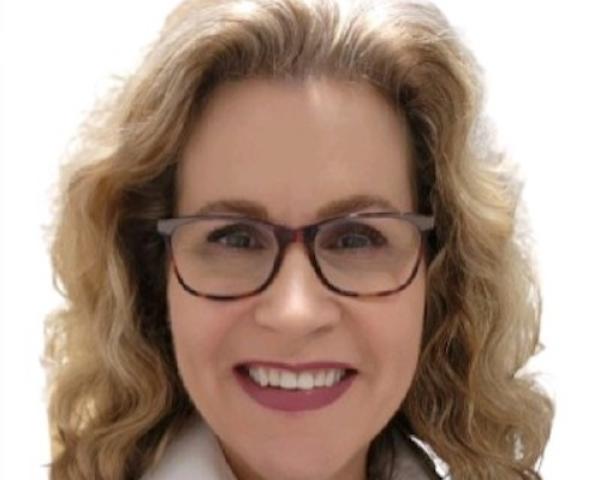KEY TAKEAWAYS:
--We have inadvertently allowed the insurance story to become an amalgamation of carrier advertising, less-than-flattering attorney commercials and the media’s appetite for bad news. Insurance needs to talk about its noble purpose and reclaim its brand in the world.
--Flexibility is also key because the needs of both the organization and its employees evolve. Companies need to master the selection and transformation of existing employees into new roles that blend business expertise with analytical and technical acumen. Some of the expert talent that is quitting due to lack of a perceived career path, or retiring, could be the strongest candidates for these new positions.
----------
The insurance industry continues to find itself in a talent crisis. The workforce challenges we are facing are not entirely new. Some are the lasting impact of the pandemic, while others have come and gone over time as a result of a changing world.
There are some challenges that I believe are self-inflicted, albeit unintentional. The good news is that they are also within the industry’s power to change. It won’t happen overnight, but let’s get started. Because people are the industry’s most valuable asset and are at the heart of everything we do, doing nothing cannot be an option.
People do not want to join the insurance industry
Younger members of the workforce do not see a career in insurance. Only 4% of respondents to The Hartford’s 2015 Millennial Leadership Survey found insurance to be appealing. And ACORD’s 2020 survey found even less interest from the generation that will make up 75% of the global workforce by 2025. Keep in mind that only 25% of insurance employees are under the age of 35.
People are leaving the insurance industry
The insurance industry will lose half its workforce between now and 2036 as almost 400,000 employees retire. Most P&C carriers expect to increase staff during the next 12 months but are finding most positions challenging to fill and are facing more than 10% voluntary turnover. The hiring pool is limited for both entry-level and experienced talent; 65% of people leaving an insurance job also exit the industry. The leading reason why employees quit is a need for more career development and advancement.
Our call to action
Insurance needs to reclaim its brand in the world. This is above and beyond the hard work that individual carriers, brokers and agencies do to articulate and reinforce their products, services and experience. I am referring to an industrywide effort for insurance to take back its voice to tell its own story. Borrowing a page from Simon Sinek’s “Start With Why,” we can state that insurance has a noble purpose and a critical reason to exist. But we have inadvertently allowed the insurance story to become an amalgamation of carrier advertising, less-than-flattering attorney commercials and the media’s appetite for bad news.
Insurance has a compelling and unique talent story that, if told, can both drive employee engagement and strengthen recruiting. If you’ve not worked within an insurance organization, all you may understand comes from a few insurance interactions and advertising. You wouldn’t have had the exposure to realize there is work that matches any combination of creative, analytical and technical passions. You wouldn’t have the context to appreciate the motivation that comes with a larger sense of purpose.
A multi-dimensional talent development strategy is critical to build an organization that operates both horizontally and vertically and can adapt to change. Companies need specialists and generalists for strategies and execution to have both a top-down and bottom-up perspective. Career journeys that are co-owned by the employee and employer replace a career path predefined by the company. Flexibility is vital to recognize that vertical and horizontal journeys are not mutually exclusive.
Flexibility is also key because the needs of both the organization and its employees evolve. Technology has been driving change within insurance for a long time, requiring the elimination of some roles and the creation of others. AI keeps accelerating the rate and pace of change, as seen most recently with generative AI. Companies need to master the selection and transformation of existing employees into new roles that blend business expertise with analytical and technical acumen. Some of the expert talent that is quitting due to lack of a perceived career path, or retiring, could be the strongest candidates for these new positions.
My advice to all employees is to have a goal for their next potential role but also keep their peripheral vision unblocked. Their best next move could be something in a completely different area or perhaps a role that doesn’t even exist yet. I offer that guidance from my own career journey.
The next time someone asks you what you do in the insurance industry, don’t forget to include your “why.” I confess that I paused for a moment the first time I was asked why I chose to become a claims adjuster as my first job after college. Then it all came back to me, along with a great sense of pride and gratitude.







